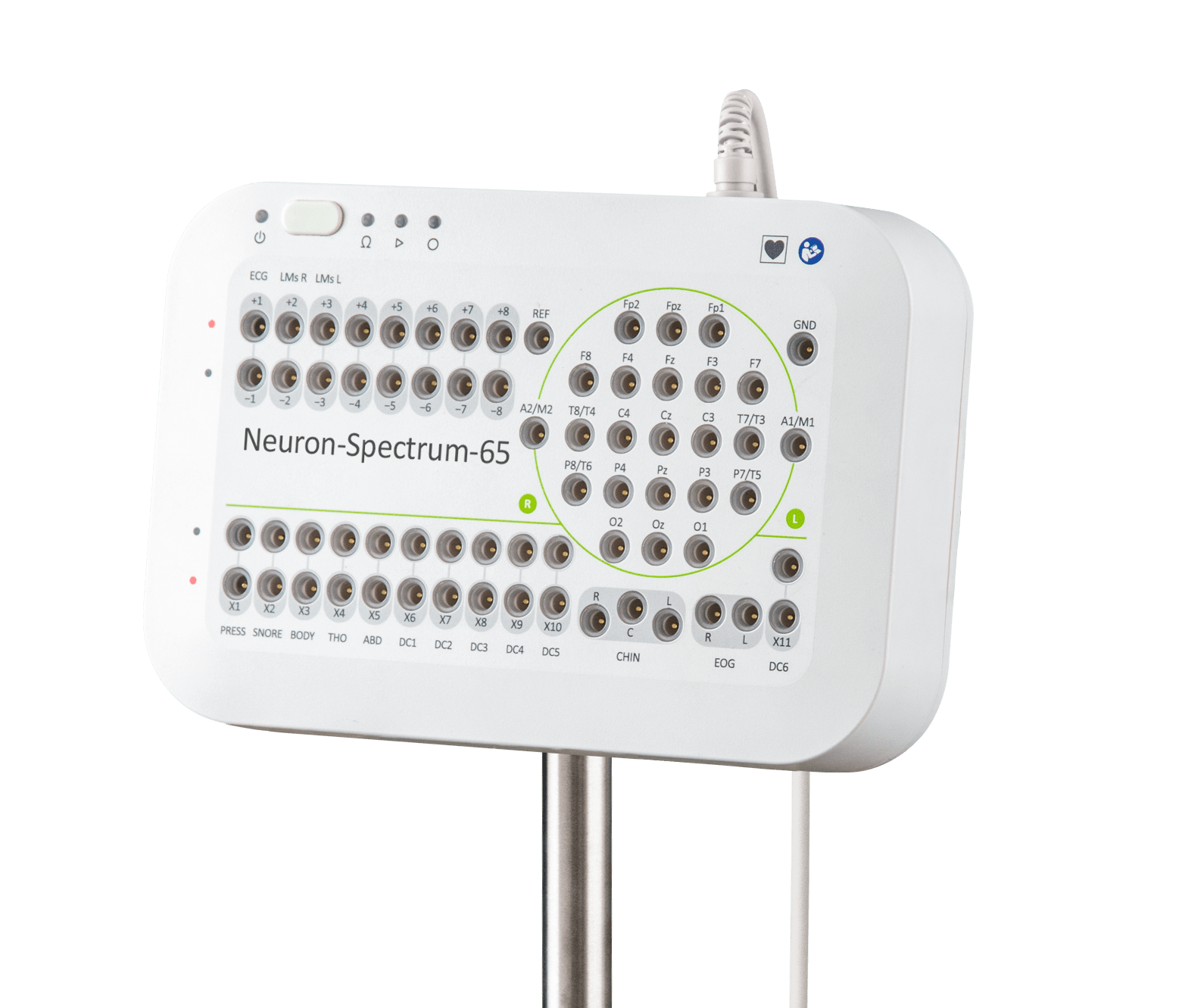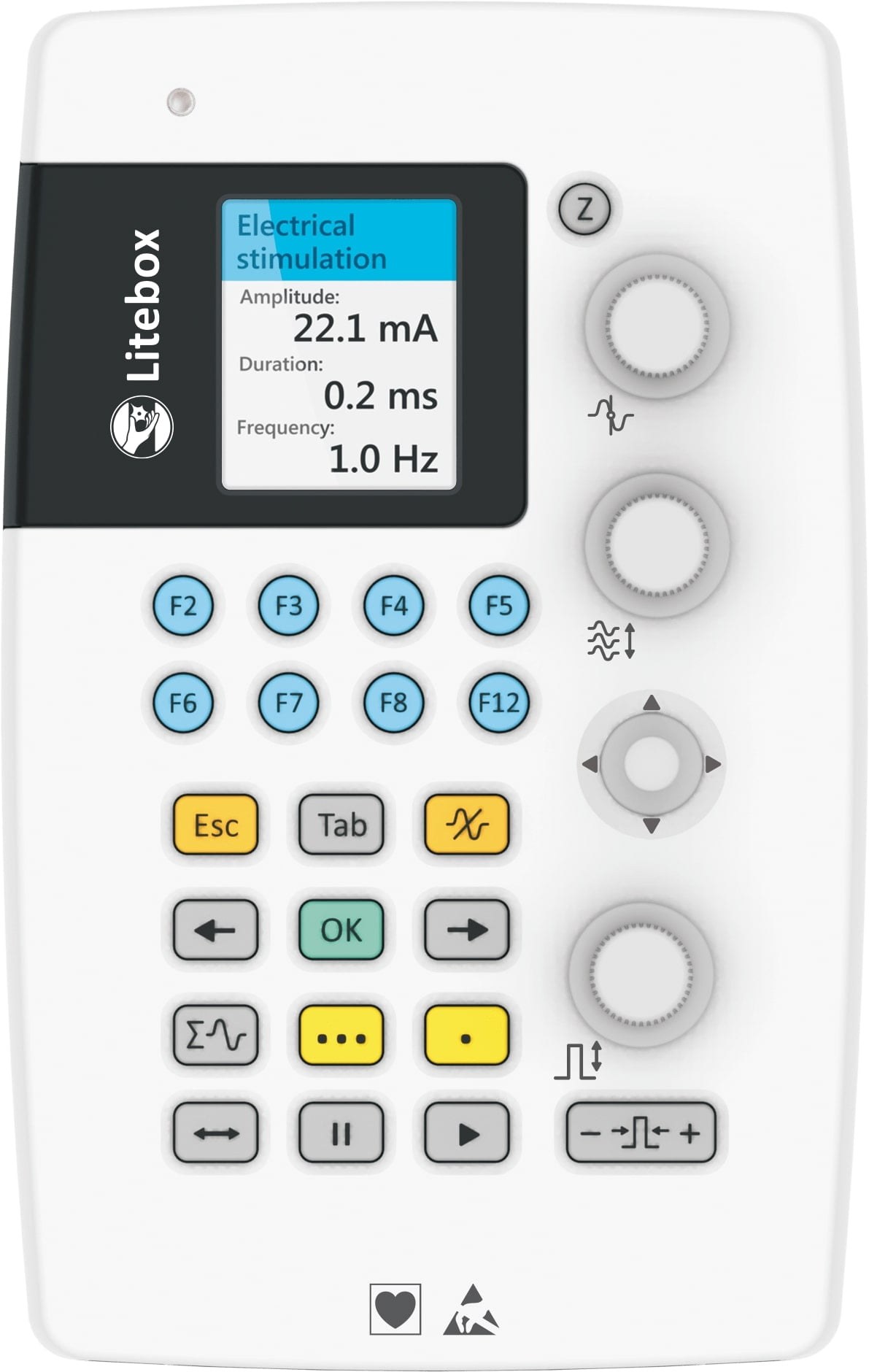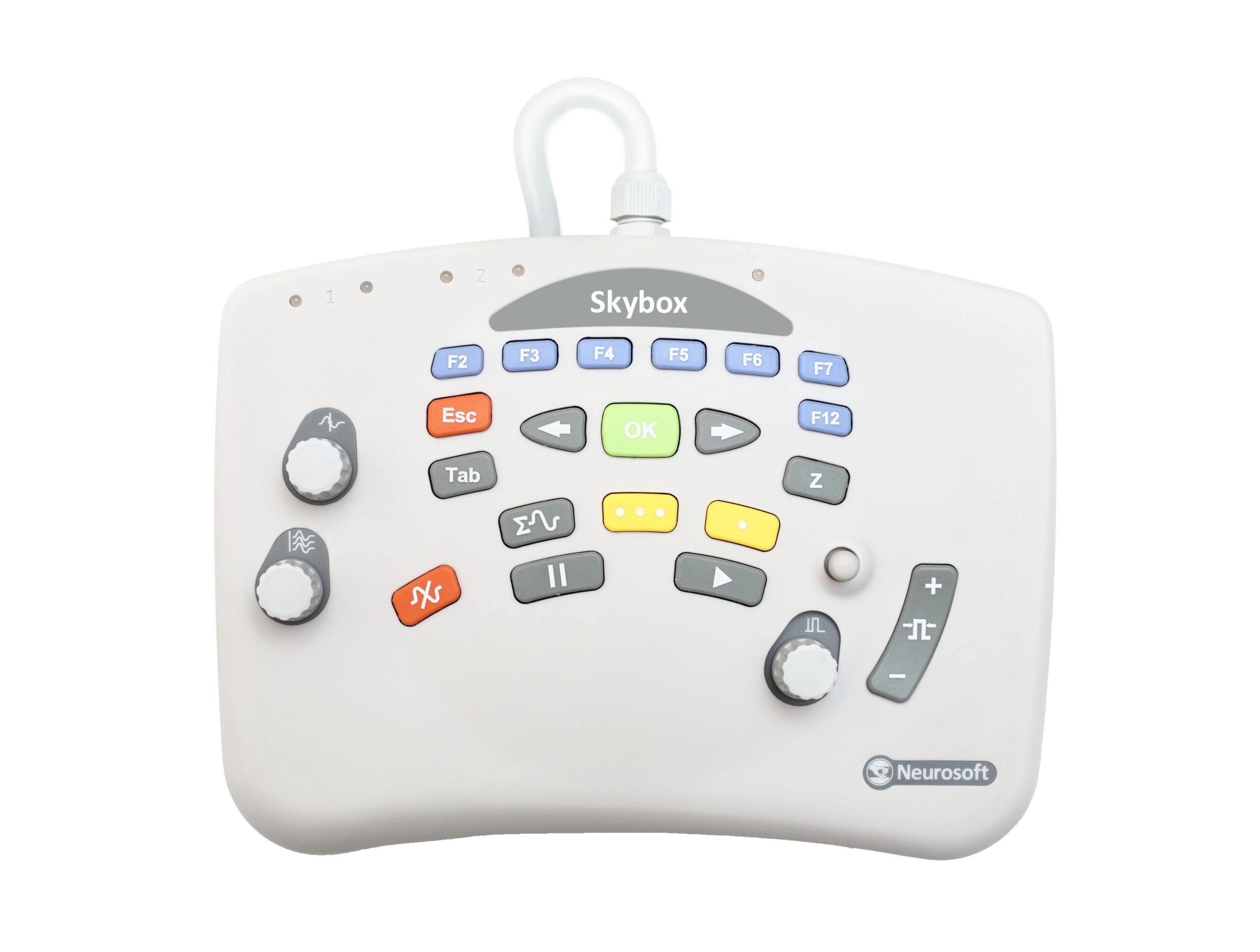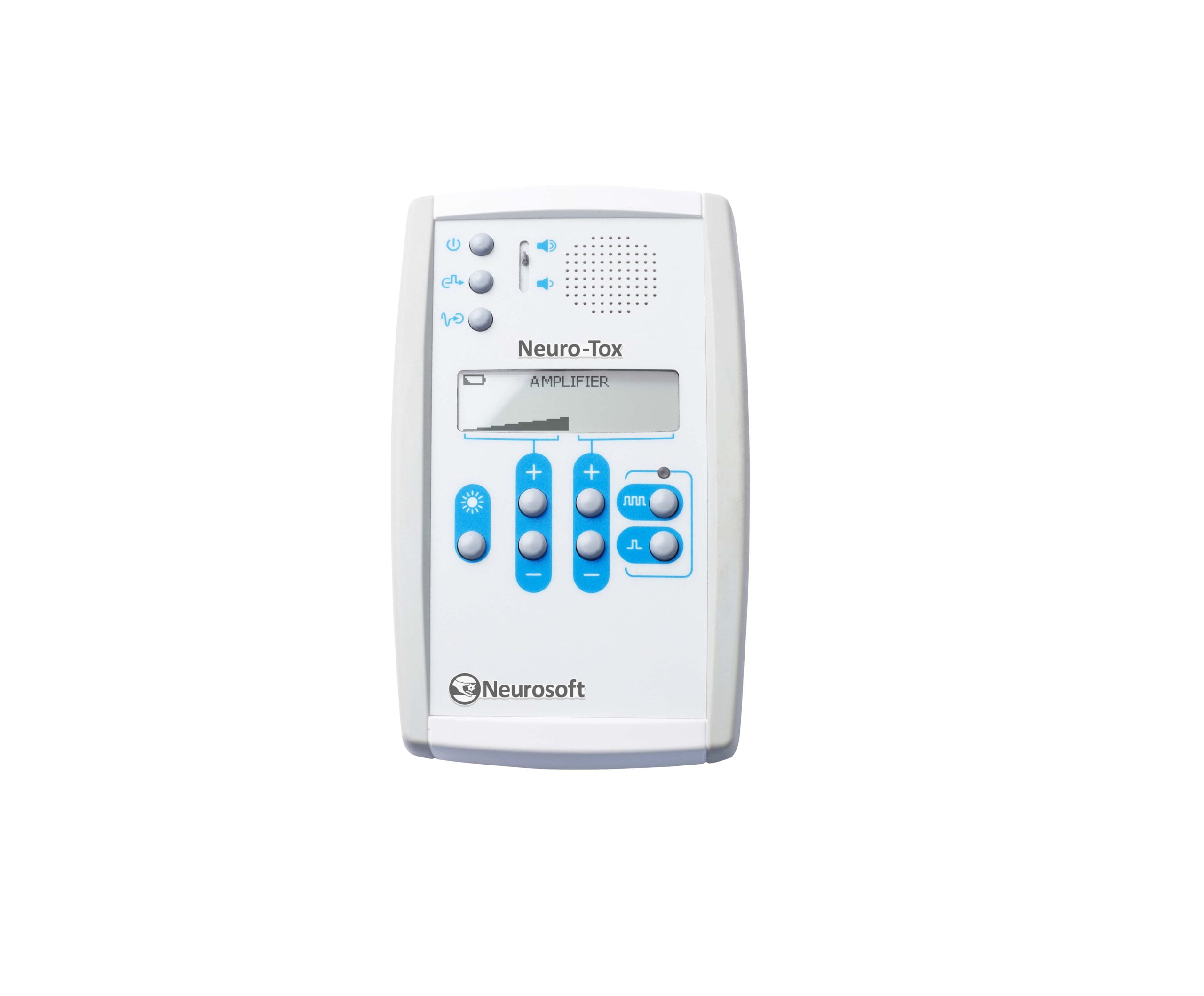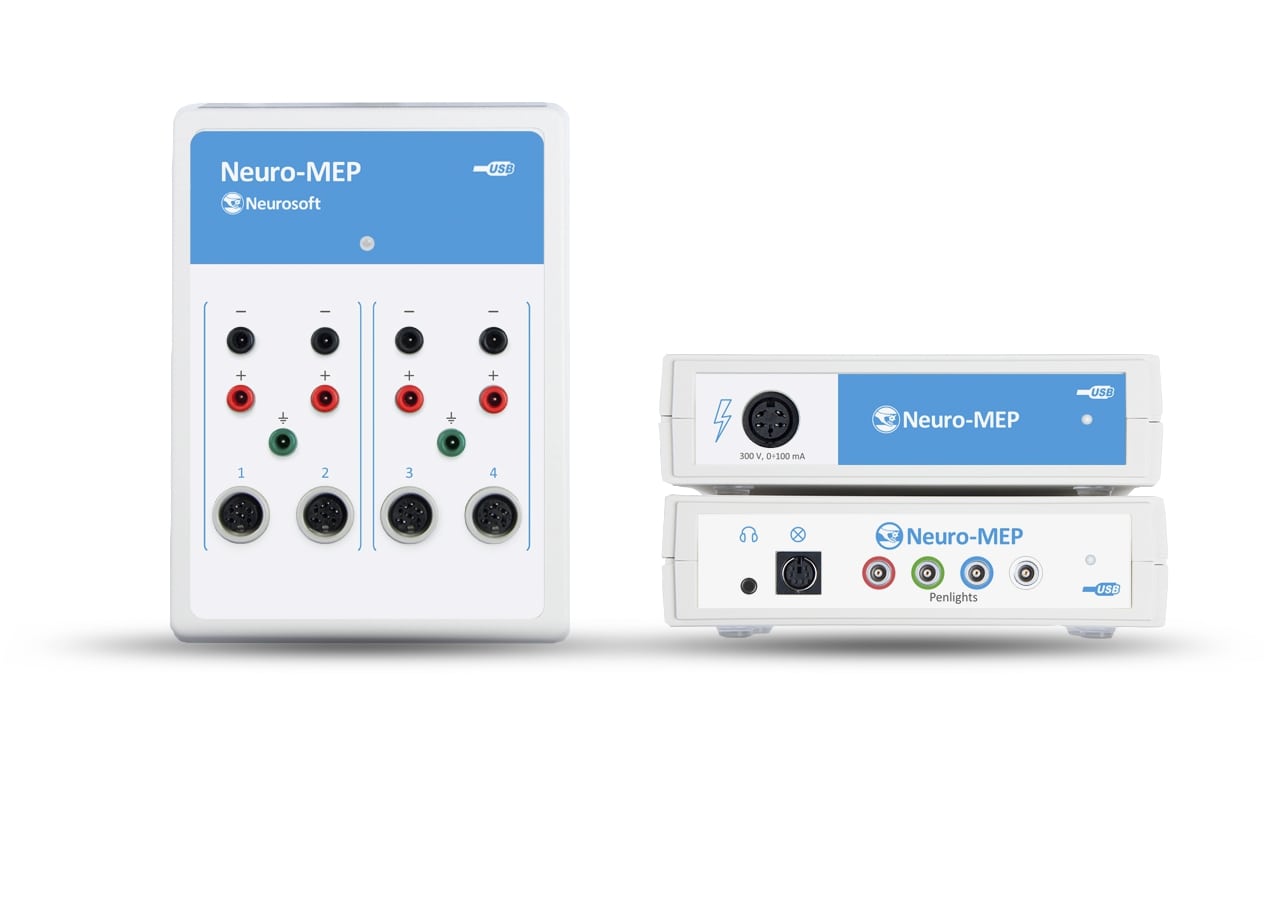Neurologist
As a neurologist, Neuromed offers you different types of equipment for diagnosing and treating neurological conditions. Using these different types of equipment, neurologists can diagnose and treat a variety of neurological conditions, improving their patients' quality of life.
Devices most commonly used by neurologists :
- Electroencephalogram (EEG) - EEG equipment is used to measure the brain's electrical activity. The test involves attaching electrodes to the scalp and recording the brainwaves produced. EEGs can be used to diagnose epilepsy, sleep disorders and other neurological conditions.
- Magnetic resonance imaging (MRI ) - MRI equipment uses a magnetic field and radio waves to produce detailed images of the brain and other parts of the body. MRI can be used to diagnose pathologies such as tumors, strokes and multiple sclerosis.
- Computed tomography (CT ) - CT equipment uses X-rays to create detailed images of the brain and other parts of the body. CT scans can be used to diagnose pathologies such as cerebral haemorrhage, skull fractures and tumours.
- Positron emission tomography (PET) - PET equipment is used to measure metabolic activity in the brain. The test involves injecting a small quantity of radioactive substance into the patient's bloodstream and using a scanner to detect the radiation emitted by the substance. PET scans can be used to diagnose pathologies such as Alzheimer's and Parkinson's disease.
- Electroencephalography (EMG) - EMG equipment is used to measure the electrical activity of muscles and nerves. The test involves inserting a needle electrode into the muscle or placing surface electrodes on the skin. EMGs can be used to diagnose conditions such as carpal tunnel syndrome, ALS and myasthenia gravis.

